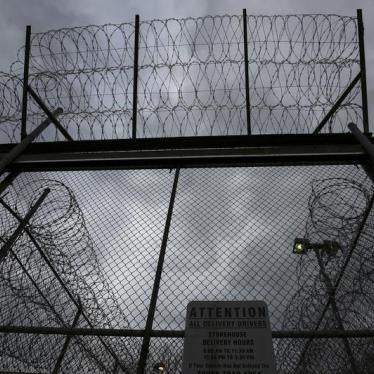Changes made to New York State’s bail law in 2019 have helped thousands of people charged with crimes stay out of jail to be with their families, keep their jobs, and remain active members of the community while their cases were pending. The 2019 changes made most misdemeanors and non-violent felonies bail ineligible and did so without compromising public safety.
Study after study has shown that re-arrest rates for people charged with offenses affected by bail reform remained largely unchanged since the reforms, with one study showing about 80% of people released not rearrested and of those who were, only about 2 to 3% for a violent felony, and another study showing similar results but also a significant reduction in re-arrest rates for those who had bail set on misdemeanor cases.
Yet Gov. Hochul wants to reduce the protections these laws provide against people having to spend time behind bars simply because they cannot afford bail. The state budget was due April 1, but it has been delayed, in large part over this issue.
Hochul’s proposal also removes an important safeguard against abuse by courts. Restricting someone’s liberty pretrial, when they are merely accused of a crime, is a serious matter. Doing so dramatically interferes with a person’s life, preventing them from working, taking care of children, or going to school. It also exerts pressure on people to plead guilty, regardless of actual guilt, just so they can get out of jail. In New York City, those held pretrial are likely to end up on Rikers Island, a violent place where 19 people died in 2022, the highest number in nearly a decade.
Since 2019, lawmakers have already rolled back these important reforms twice. Though the key aspects of the reforms remain in place, each rollback has caused pretrial incarceration to increase. Levels are still down by about 15% from the pre-reform period, but more regressive changes could drive them back up, with some models predicting even higher rates than before 2019. This will disproportionately impact Black people, who are more likely to face bail requirements than white people, and less likely to be able to afford it.
Hochul would eliminate the requirement for judges to impose the “least restrictive” condition on those determined to pose a risk of flight, including bail, to guard against that risk. This change, purportedly aimed at dispelling confusion among judges about the law — confusion that New York State judicial officials testified recently does not exist — will actually create more confusion because it removes guidance that has been a part of New York law for decades.
In defending her proposal, Hochul said that her plan will only affect people accused of more serious crimes. Not only do these people deserve the same kind of protection as anyone else in the legal system, but the vast majority of these cases are dismissed or reduced to misdemeanors. In 2021, according to the state Division of Criminal Justice Services, only 13.1% of felony arrests in New York resulted in felony convictions, with the vast majority downgraded to misdemeanors (17.7%), a non-criminal offense or violation (15.9%), or dismissed or resulting in acquittals (48.3%).
If judges are going to impose conditions on people presumed innocent, they should impose the least restrictive conditions necessary to ensure that the person will return to court. This doesn’t mean bail can never be set, or that the liberty of people accused of crimes who pose a demonstrated risk to someone can’t be restricted in some way to guard against that risk. It means that courts cannot impose excessive conditions.
Lawmakers in New York may be genuinely worried about crime and think that changing the bail laws will give the impression that they are taking action to address it. But the evidence is clear that any rise in crime is not due to bail reform. A politicized focus on bail reform distracts from real solutions needed to create community safety.
Instead, studies show that more pretrial jailing actually exacerbates the drivers of crime by creating instability in families and communities and compounding already existing problems of poverty and racism. And overall, crime levels are down dramatically from their height in the 1990s. In fact, New York City remains one of the safest big cities in the United States.
If lawmakers are serious about reducing crime, they should continue their efforts to reduce pretrial jailing, end excessive sentencing, and make investments in communities that address needs. The safest communities have good schools, well paid jobs, stable housing, access to quality health care, including mental health care, drug treatment, and more. This is where policymakers should be directing their focus.







